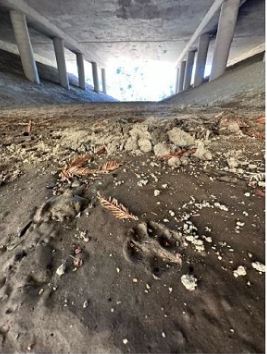
The California Department of Transportation (Caltrans) and the Calfornia Department of Fish and Wildlife have partnered to implement a strategy to address wildlife connectivity barriers across the state’s transportation network.
Caltrans’ Wildlife Connectivity Report identified more than 140 locations statewide with opportunities to improve wildlife connectivity.
“Caltrans is seeking opportunities to better integrate our highway system with the State’s diverse natural environment,” Caltrans Director Tony Tavares said. “It is our responsibility to improve passageways for wildlife that live and migrate along our shared ecosystem, and remediation efforts highlighted in this report will help honor our goal to provide a world class transportation system that serves all people and respects the environment.”
Roads and fences interrupt wildlife’s surroundings and often restrict or prevent their natural migration patterns.
Numerous proposed projects would help approximately 180 species move more freely and have better access to habitats by constructing migration corridors adjacent to state highways and interstates.
Projects include an enlarged culvert underneath Interstate 10 in Los Angeles County, the Wallis Annenberg Wildlife Crossing over U.S. 101 in Southern California, a new bridge on Interstate 15 in San Bernadino County and a new bridge overcrossing along State Route 97 in Siskiyou County.
Projects aligns with Gov. Gavin Newsom’s initiative to protect and restore biodiversity.